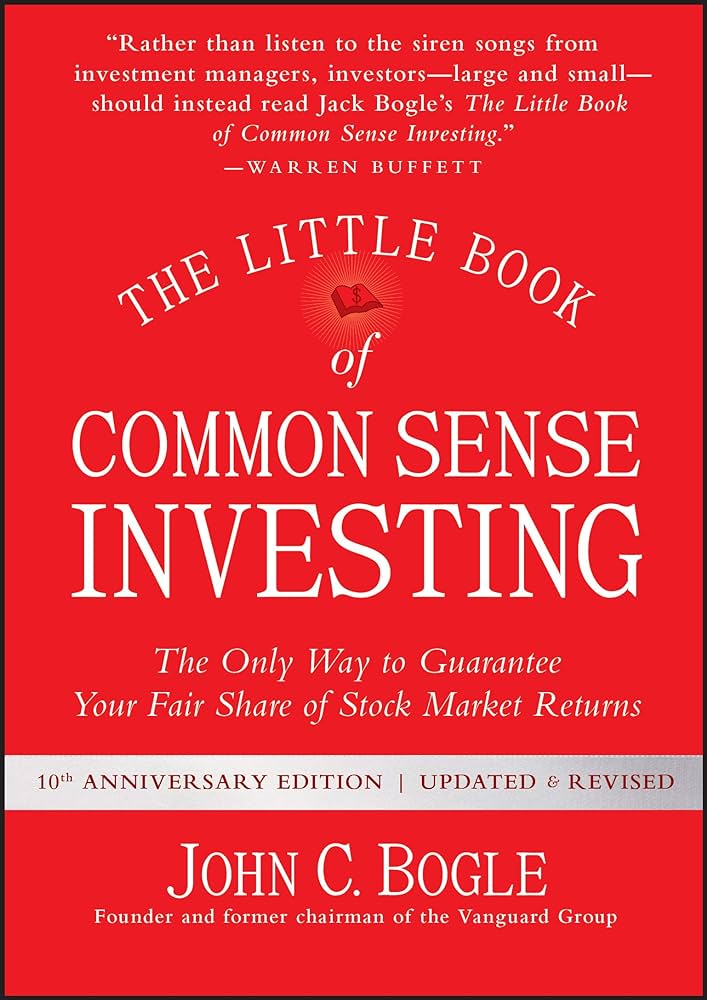Lesson 1- Random Walk and the Share Market
The term “random walk” describes the seemingly random movement of a variable. It doesn’t have any known relationship with historic values or other variables, nor does it have any identified pattern. The variable simply changes, and then changes again. There may be a pattern or relationship of the variable’s movement to some other factor or factors. However, such a pattern or relationship has not been identified.
A share price, which is the variable, moves seemingly at random, akin to how a drunken person might walk down the street. It doesn’t have any known relationship with historic values or other variables, nor does it have any identified pattern. However, the theory does not exclude the possibility that a share price’s movement conforms to a pattern or has a relationship to other factors. Most proponents of the random walk theory apply it to short and mid-term trading. They don’t argue that long-term values move unpredictably. Those follow trends. However, daily, weekly, and even monthly stock prices have no consistent basis for prediction.
All investment returns, whether from common stocks or exceptional diamonds, are dependent on future events. It is a gamble whose success depends on an ability to predict the future. Traditionally there have been two approaches to asset valuation: the firm-foundation theory and the castle-in-the-air theory. The firm-foundation theory argues that each investment instrument, be it a common stock or a piece of real estate, has a firm anchor of something called intrinsic value, which can be determined by careful analysis of present conditions and prospects. The castle-in-the-air theory of investing concentrates on psychic values. In other words, professional investors prefer to devote their energies not to estimating intrinsic values, but rather, to analysing how the crowd of investors is likely to behave in the future and how during periods of optimism they tend to build their hopes into castles in the air.
An interesting fact about investing is that it is fun. It is fun to put your intellect against that of the vast investment community and to find yourself rewarded with an increase in assets. It's exciting to review your investment returns and to see how they are accumulating at a faster rate than your salary. And it's also stimulating to learn about new ideas for products and services and innovations in the forms of financial investments.
Lesson 2- Models for Prediction
Investors have always been interested in the strategies that attempt to predict the future course of stock prices, and thus, the appropriate time to buy or sell a stock. Two methods dominate the prediction scene, that is, technical and
Unlock Knowledge with Wizdom App
Explore a world of insights and wisdom at your fingertips with the Wizdom app.
 1 Million+ App Download
1 Million+ App Download  4.9App Store Rating
4.9App Store Rating 5000+Summaries & Podcasts
5000+Summaries & Podcasts









